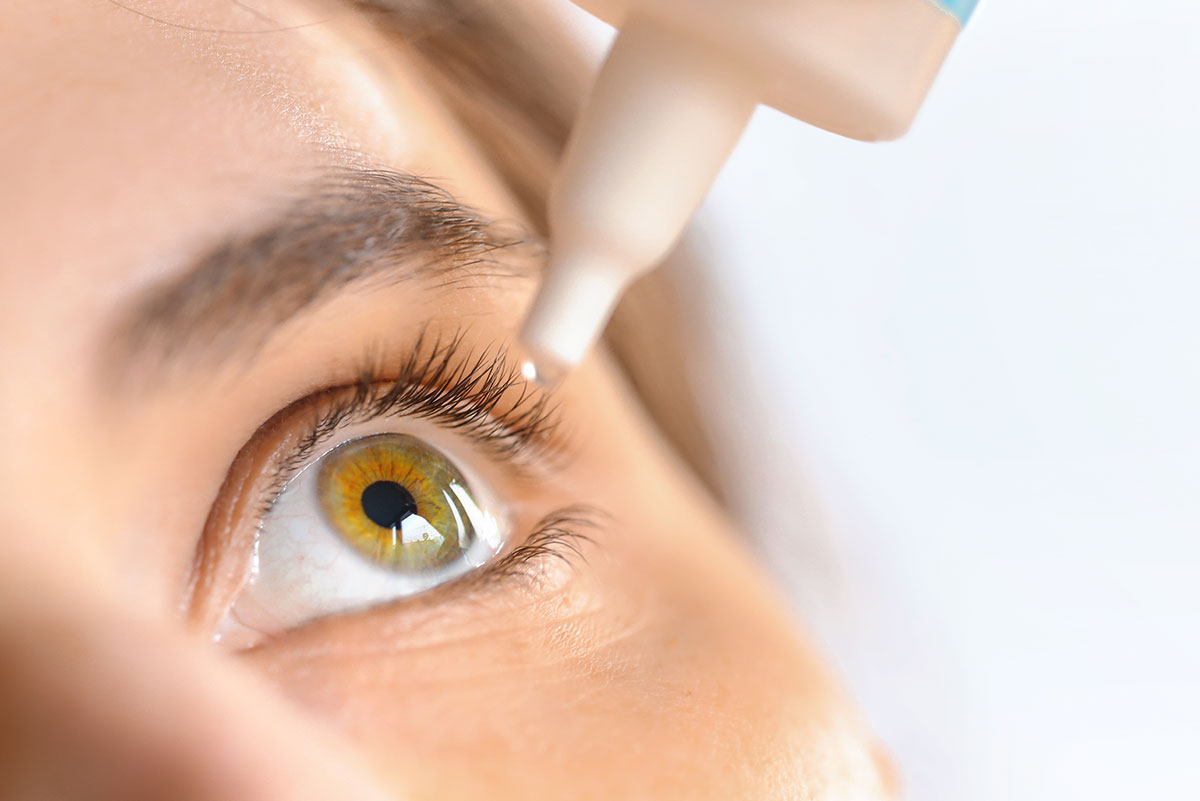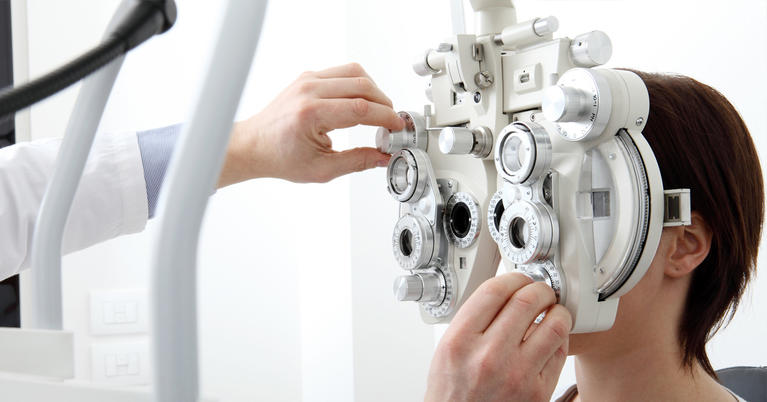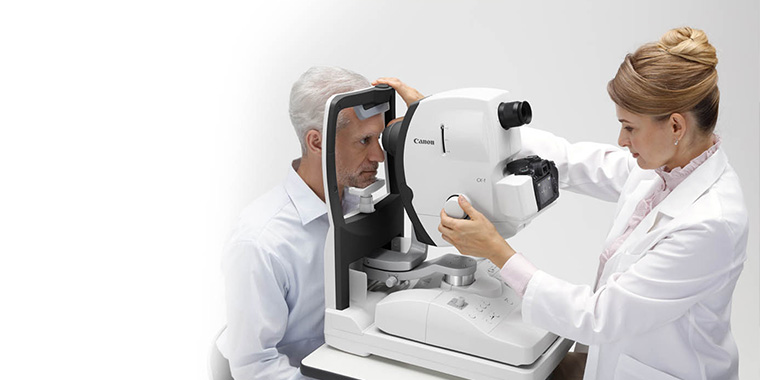Discovering the State-of-the-Art Technologies Used for Dealing With and identifying Eye Conditions
In the realm of ophthalmology, the advancement of innovation has substantially enhanced the devices available for diagnosing and treating different eye conditions. From advanced imaging modern technologies that provide comprehensive insights right into ocular frameworks to robotic-assisted procedures that use unmatched accuracy, the landscape of eye care is constantly developing. With the integration of expert system in diagnostics, gene therapy innovations, and digital fact rehabilitation, the opportunities for enhancing client end results are broadening at a fast pace. The merging of these advanced innovations holds the assurance of transforming the field of ophthalmology, supplying new opportunities for personalized and efficient therapies.

Advanced Imaging Technologies
Advanced Imaging Technologies have revolutionized the area of ophthalmology by providing exact and comprehensive visualization of the eye structures. Optical Comprehensibility Tomography (OCT) stands out as a crucial modern technology in this world. OCT makes use of light waves to capture high-resolution cross-sectional photos of the retina, enabling the identification of minute structural modifications. This non-invasive technique aids in the very early detection and surveillance of various eye conditions such as macular deterioration, diabetic retinopathy, and glaucoma.
Moreover, Fundus Photography is another crucial device in sensory imaging. This technique includes catching in-depth photos of the back of the eye, consisting of the retina and optic disc. Fundus Photography aids in documenting the development of eye illness, examining treatment efficacy, and informing clients concerning their eye health and wellness.

Robotic-Assisted Procedure
Robotic-assisted procedures have dramatically progressed the abilities of ophthalmic surgery, introducing a new age of precision and performance in dealing with various eye conditions. By incorporating robotic modern technology right into procedures, eye doctors can achieve exceptional accuracy and control, causing enhanced client outcomes.
One of the primary benefits of robotic-assisted surgical treatment in ophthalmology is the improved mastery and security it provides to cosmetic surgeons. The robotic arms can carry out specific movements with a high level of precision, permitting fragile treatments with very little invasiveness. This level of accuracy is specifically helpful in surgeries entailing the retina, where also small errors can have considerable effects for a person's vision.
Furthermore, robotic-assisted surgical systems supply real-time imaging and comments to the surgeon, allowing them to make informed choices throughout the treatment. This technology enhances the doctor's situational awareness and enables changes to be made without delay, making sure ideal outcomes for the person.
Expert System in Diagnostics
With the evolution of cutting-edge modern technologies boosting medical accuracy in ophthalmic treatments, the assimilation of Artificial Knowledge in diagnostics has actually arised as a pivotal growth reinventing the field of eye care. Expert System (AI) algorithms are being progressively utilized to evaluate complicated data from imaging modern technologies like optical comprehensibility tomography (OCT) and fundus photography to aid in the early detection and exact diagnosis of different eye problems. These AI systems can successfully recognize patterns and abnormalities in photos that might not be noticeable to the human eye, enabling quicker medical diagnosis and treatment preparation.
AI formulas can also predict condition progression, advise individualized treatment plans, and assess the effectiveness of treatments. By simplifying the diagnostic process, AI not just enhances the efficiency of eye care specialists yet likewise enhances individual results by allowing timely interventions. As AI remains to development, its duty in diagnostics is expected to broaden, using brand-new opportunities for very early treatment and customized therapy in the field of ophthalmology.
Genetics Therapy Innovations
In the realm of ocular developments, current strides in gene treatment innovations have triggered substantial interest amongst researchers and medical care professionals alike. Gene therapy holds enormous guarantee in transforming the therapy of numerous eye problems by targeting the hidden genetic reasons. By introducing genetic material right into cells to make up for uncommon genetics or to give a missing gene, gene treatment uses a customized approach to addressing acquired eye conditions such as retinitis pigmentosa, Leber genetic amaurosis, and others that were previously considered untreatable.

As research study in genetics treatment proceeds to advancement, the possibility for tailored therapies for a bigger variety of eye problems grows, offering brand-new wish for individuals with genetic eye illness.
Digital Truth Rehab
Virtual fact recovery has become a sophisticated method in boosting the recovery and recovery procedures for people with numerous aesthetic disabilities. glaucoma service near me. By imitating real-world atmospheres via immersive modern technology, digital fact provides have a peek at this website a special system for vision therapy and recovery. This innovative method allows individuals to involve in interactive exercises and tasks made to improve visual skill, deepness understanding, eye sychronisation, and overall aesthetic functioning
One trick advantage of online fact rehab is its ability to customize treatment programs based on the details needs and abilities of each person. Via real-time responses and monitoring, medical care experts can track development, change interventions, and give individualized care to enhance results. Furthermore, virtual reality technology can create a secure and controlled room for people to practice visual jobs, conquer challenges, and develop confidence in a digital setting click over here now before transitioning to real-world circumstances.
Verdict
Finally, the innovations in imaging modern technologies, robotic-assisted surgical procedures, expert system diagnostics, gene treatment developments, and virtual truth recovery have dramatically boosted the medical diagnosis and treatment of eye problems. glaucoma service near me. These cutting edge modern technologies have reinvented the area of ophthalmology, allowing for even more accurate and effective treatments. As technology remains to progress, the future of eye treatment looks promising with the capacity for even more innovative options to boost person outcomes
In the world of ophthalmology, the advancement visit their website of modern technology has dramatically boosted the tools offered for detecting and treating numerous eye problems. Fundus Digital photography assists in documenting the development of eye conditions, examining therapy efficiency, and enlightening people about their eye wellness.
Artificial Intelligence (AI) algorithms are being increasingly made use of to analyze intricate data from imaging technologies like optical comprehensibility tomography (OCT) and fundus digital photography to aid in the very early detection and accurate medical diagnosis of different eye problems.In conclusion, the improvements in imaging innovations, robotic-assisted surgeries, artificial intelligence diagnostics, gene treatment developments, and digital reality rehabilitation have actually considerably enhanced the diagnosis and therapy of eye problems. As modern technology proceeds to advance, the future of eye care looks promising with the possibility for even more cutting-edge solutions to enhance patient outcomes.